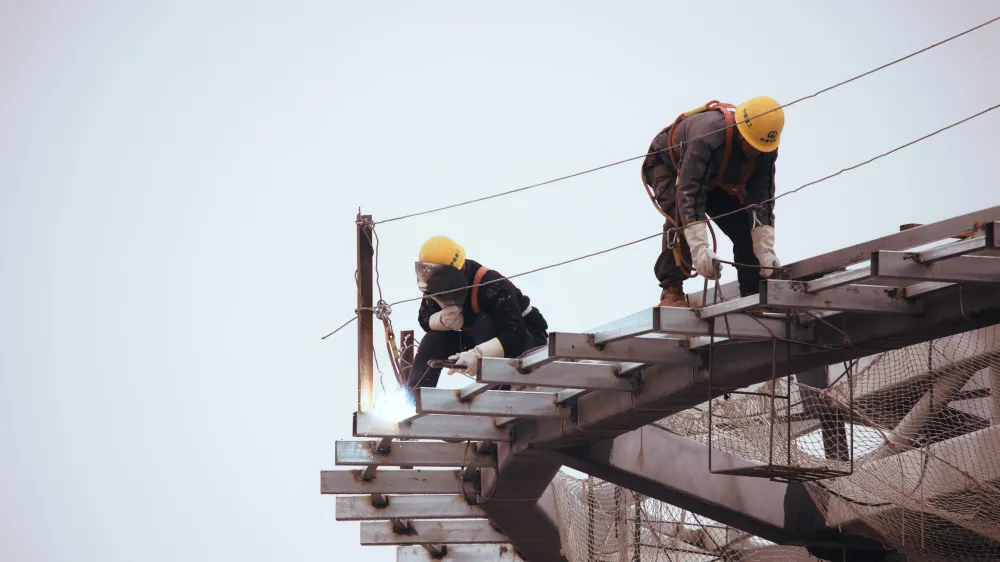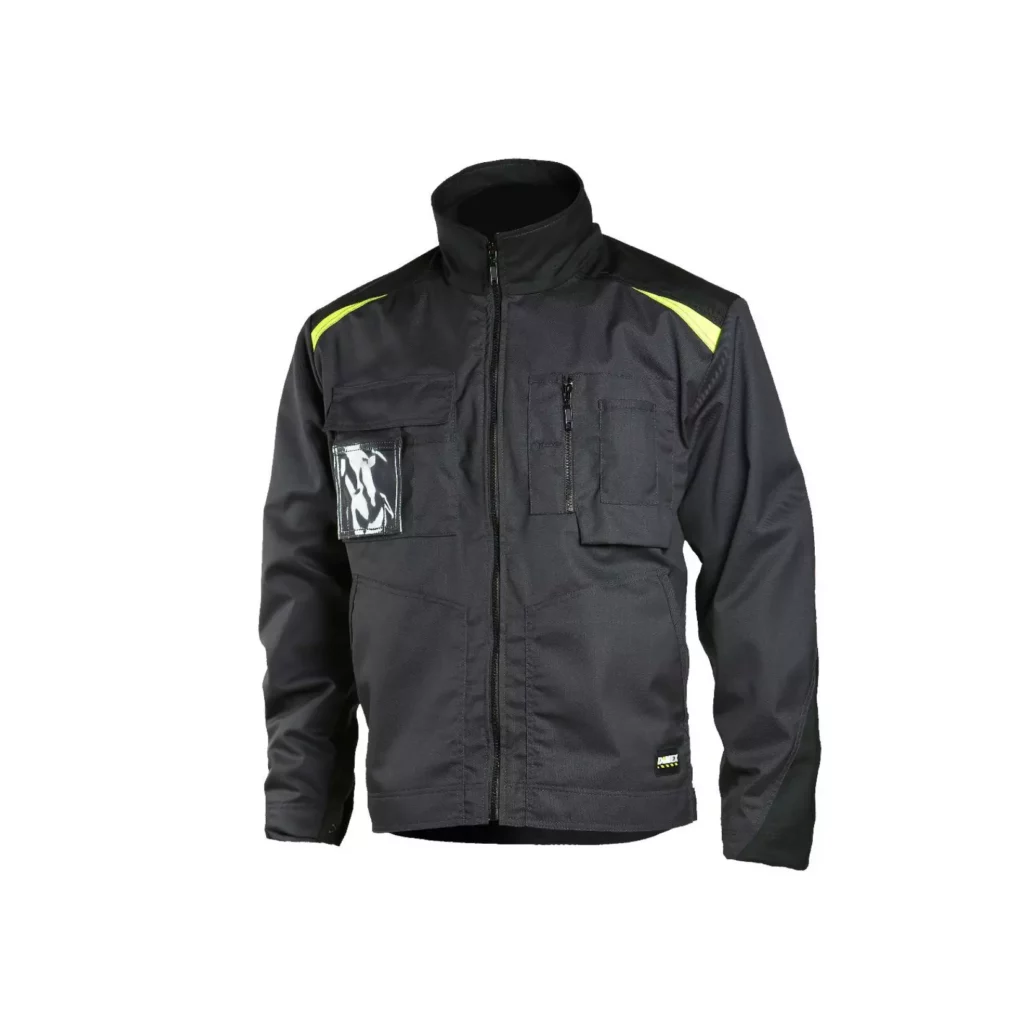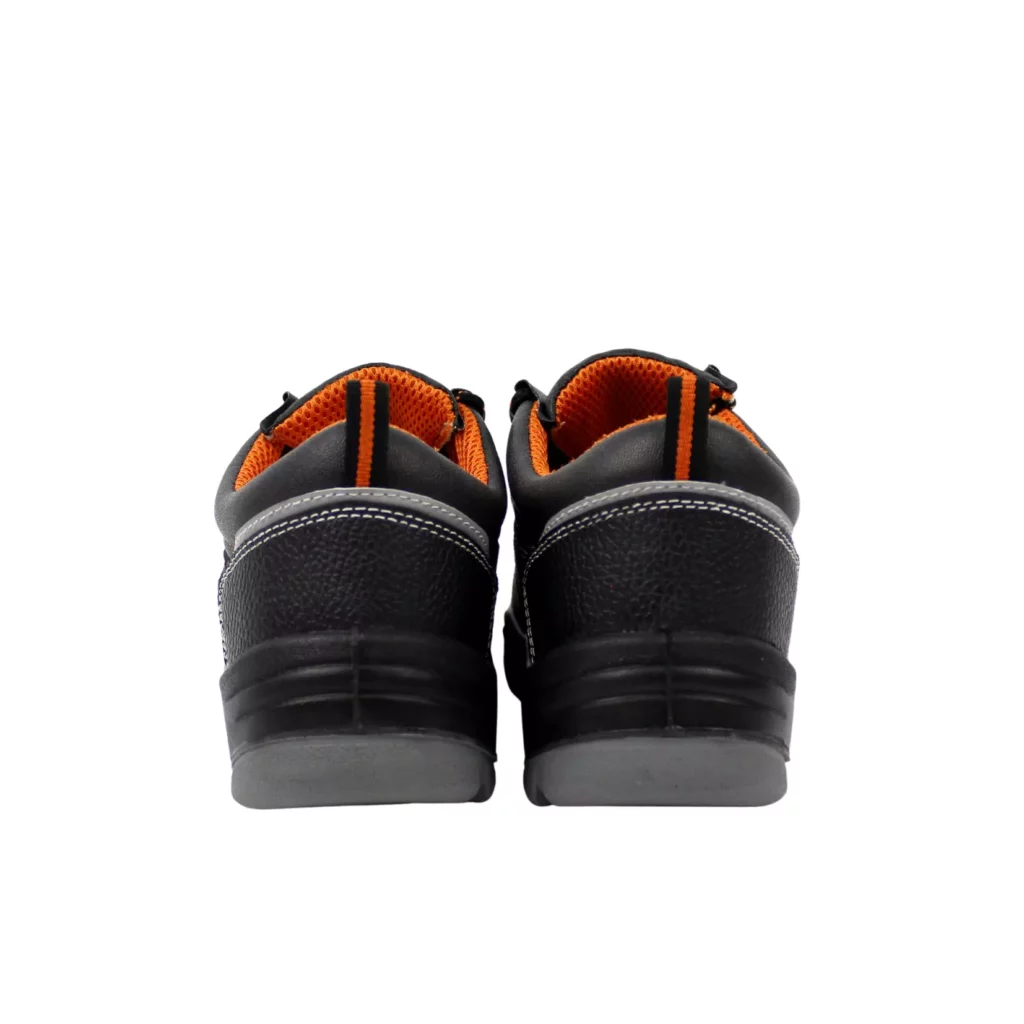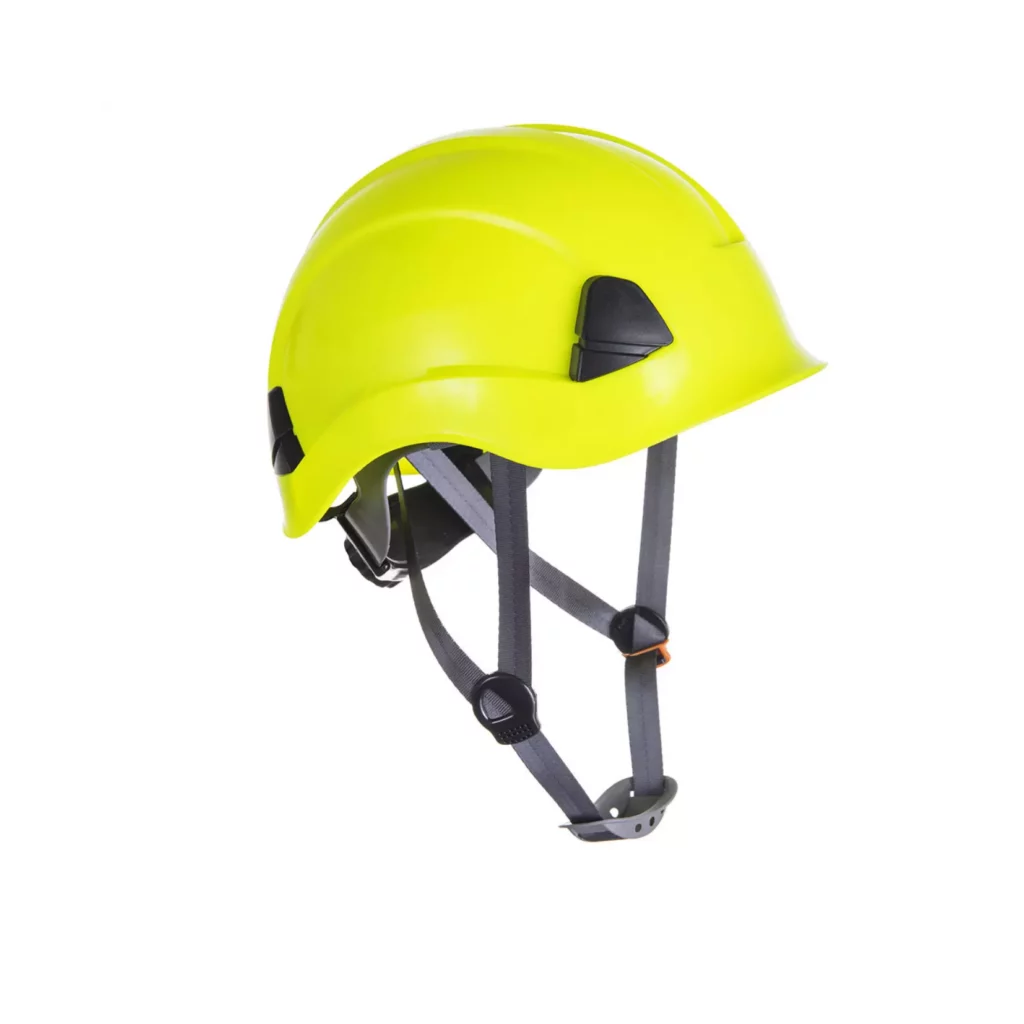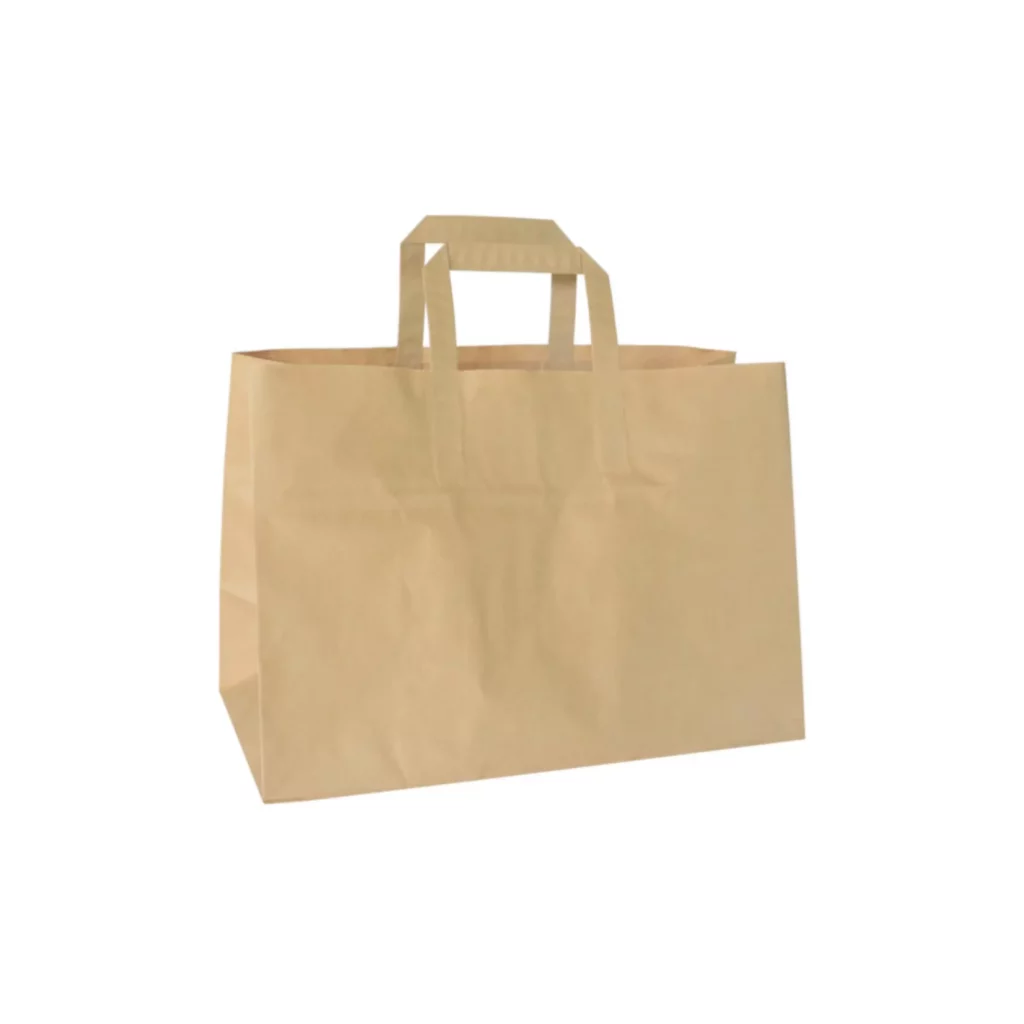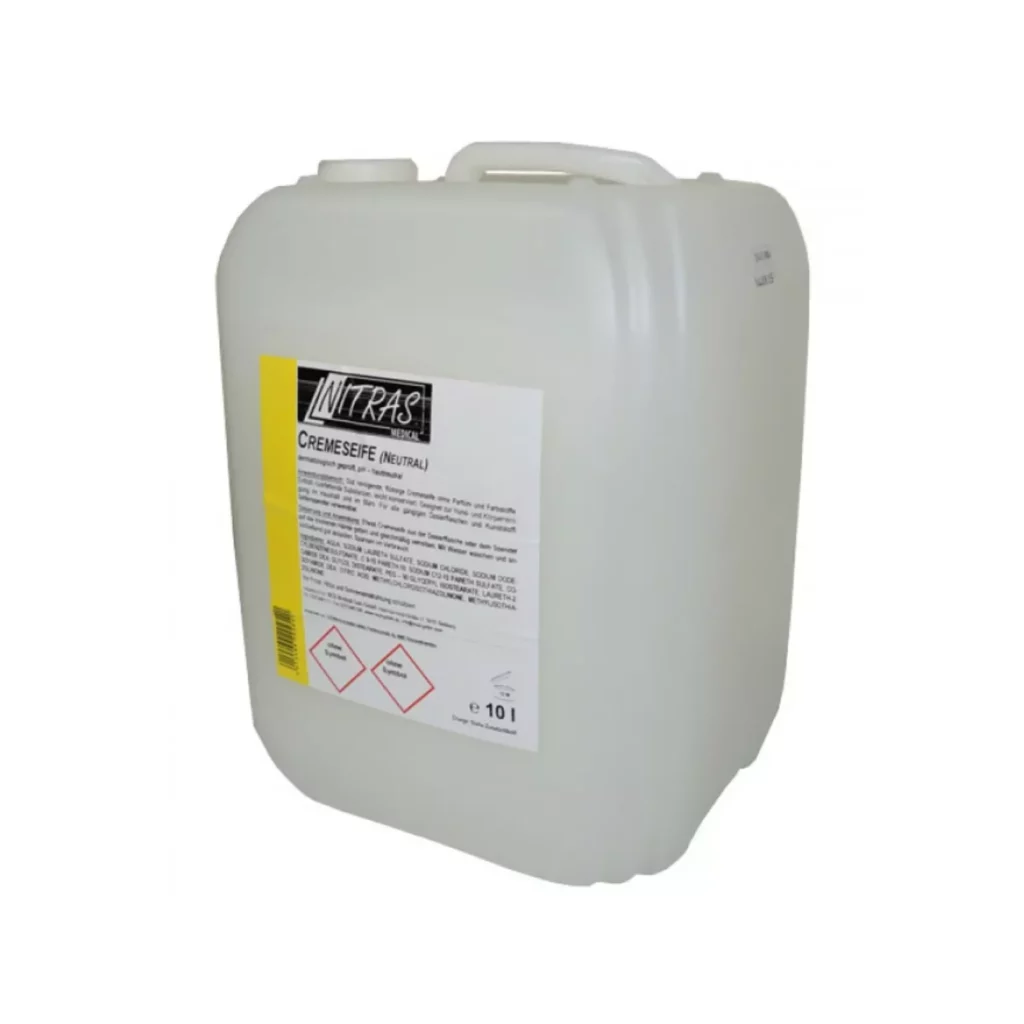Personlig skyddsutrustning (PPE) är viktig för säkerhet på byggarbetsplatsen.
Men med så många alternativ på marknaden och flera bestämmelser som måste följas råder det ofta förvirring om vilken personlig skyddsutrustning som behövs, hur man väljer rätt utrustning och hur man använder den på ett säkert och effektivt sätt.
I den här artikeln svarar vi på några av de vanligaste frågorna om säkerhetsutrustning för byggarbetare, bland annat vilka bestämmelser som gäller för användningen, vilka olika typer av personlig skyddsutrustning som krävs och hur man underhåller och inspekterar dem på rätt sätt.
De vanligaste frågorna som vi kommer att besvara i den här artikeln är bland annat följande:
- Vad räknas som personlig skyddsutrustning (PPE)?
- Vilken personlig skyddsutrustning krävs för byggnadsarbetare?
- Vilka är konsekvenserna av att inte bära personlig skyddsutrustning på en byggarbetsplats?
- Vilka krav ställs på säkerhetsutrustning för byggnadsarbetare?
- Hur väljer man rätt säkerhetsutrustning för byggnadsarbetare?
- Hur kan jag se till att den personliga skyddsutrustningen för mina byggnadsarbetare sitter rätt och ger tillräckligt skydd?
- Finns det några särskilda överväganden när man väljer säkerhetsutrustning för arbete i extrema väderförhållanden eller farliga miljöer?
- Hur kan jag utbilda mina byggnadsarbetare på rätt sätt i korrekt användning av personlig skyddsutrustning?
- Kan skyddsutrustning återanvändas eller ska den kasseras efter varje användning?
- Hur ska personlig skyddsutrustning för byggnadsarbetare underhållas och inspekteras för slitage?

1. What is considered PerVad räknas som personlig skyddsutrustning (PPE)?sonal Protective Equipment (PPE)?
Det råder ofta förvirring om vilken personlig skyddsutrustning som behövs, hur man väljer rätt utrustning och hur man använder den på ett säkert och effektivt sätt.
2. What PPE is required for coVilken personlig skyddsutrustning krävs för byggnadsarbetare?nstruction workers?
Vilka typer av personlig skyddsutrustning som krävs för byggnadsarbetare beror på de specifika riskerna i deras arbete. Några av de vanligaste PPE för byggnadsarbetare är dock hjälmar, skyddsglasögon, hörselskydd, andningsskydd, skyddshandskar, säkerhetsskor, fallskydd, synliga kläder och skyddsoveraller. För mer information om vilken typ av personlig skyddsutrustning som passar bäst för dina användningsområden kan du läsa vårt blogginlägg: Den kompletta guiden för att hitta och köpa personlig skyddsutrustning för byggnadsarbetare.
3. Vilka är konsekvenserna av att inte bära personlig skyddsutrustning på en byggarbetsplats?
Konsekvenserna av att inte bära personlig skyddsutrustning på en byggarbetsplats kan bli ödesdigra. Utan lämplig personlig skyddsutrustning riskerar byggnadsarbetarna att drabbas av allvarliga skador till följd av fall, elektriska stötar eller flygande skräp, vilket kan leda till sjukhusvistelse, långvarigt funktionshinder eller till och med dödsfall. Dessutom kan exponering för farliga material, som asbest eller bly, orsaka allvarliga sjukdomar, som cancer eller luftvägssjukdomar, om arbetstagarna inte bär rätt andningsskydd och annan personlig skyddsutrustning.
Arbetsgivare kan också drabbas av rättsliga konsekvenser om de underlåter att förse sina arbetstagare med nödvändig personlig skyddsutrustning, inklusive böter eller rättsliga åtgärder från skadade arbetstagare eller deras familjer.
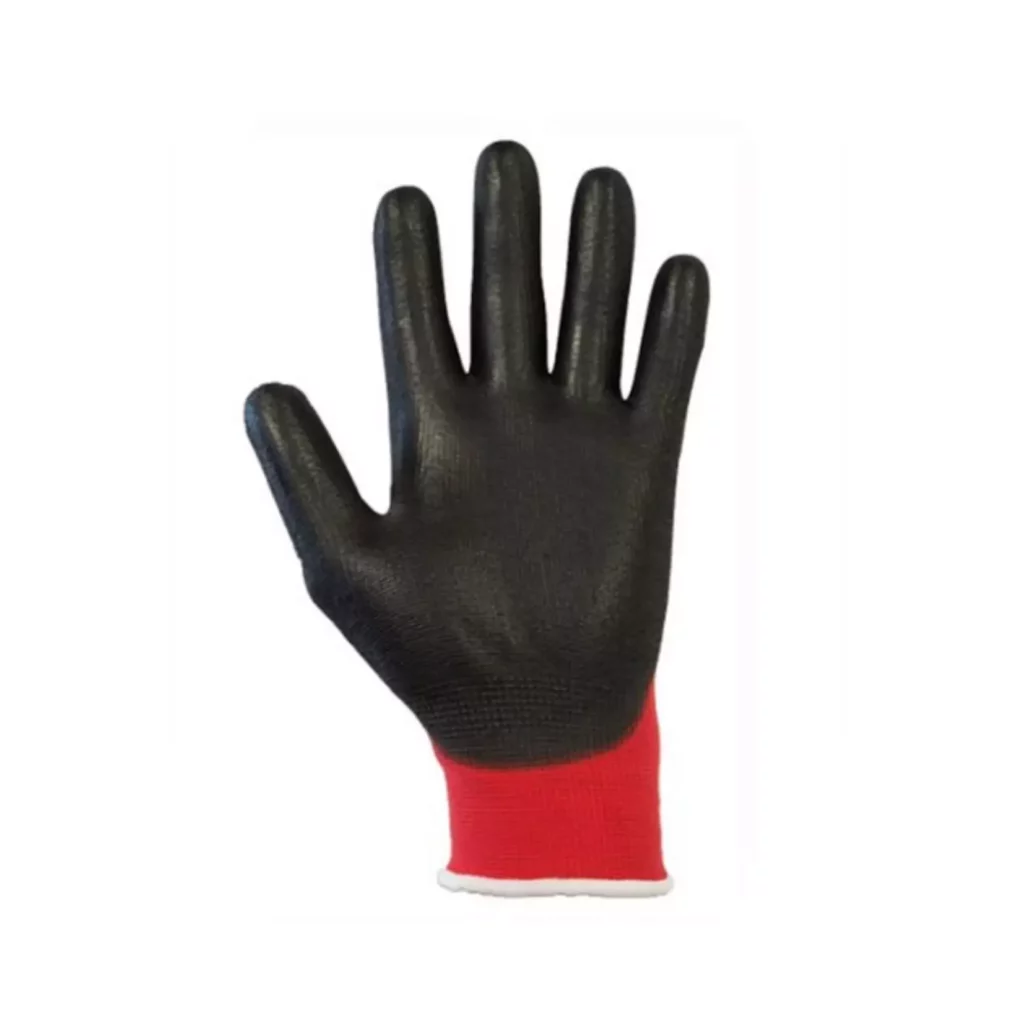

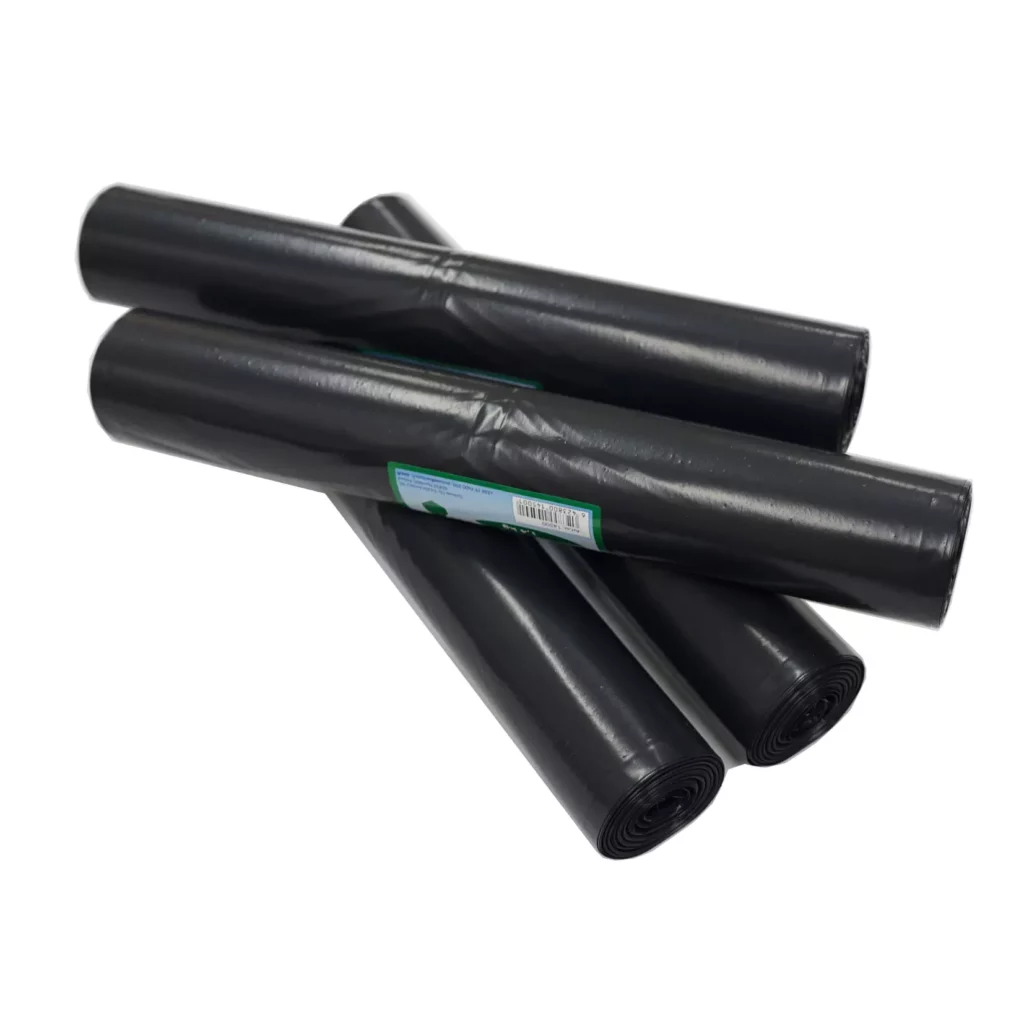
4. Vilka krav ställs på säkerhetsutrustning för byggnadsarbetare?
I Europa regleras användningen av personlig skyddsutrustning inom byggbranschen av olika förordningar och standarder, inklusive förordningen om personlig skyddsutrustning (EU) 2016/425. I denna förordning fastställs kraven för utformning, tillverkning och marknadsföring av personlig skyddsutrustning samt förfarandena för bedömning av överensstämmelse och tillverkares, importörers och distributörers skyldigheter.
Dessutom måste den PPE-utrustning som används inom byggbranschen vara CE-märkt, vilket innebär att den har testats för att uppfylla specifika säkerhets- och hälsokrav. Du kan lära dig mer genom att läsa våra blogginlägg: Säkerställande av säkerhet och efterlevnad: En titt på EU:s bestämmelser om industriell personlig skyddsutrustning och Säkerställa arbetstagarna: hur man väljer rätt personlig skyddsutrustning (PPE)
5. Hur väljer man rätt säkerhetsutrustning för byggnadsarbetare?
För att välja rätt personlig skyddsutrustning för byggnadsarbetare måste man noga överväga de specifika riskerna i arbetet, tillgängliga typer av personlig skyddsutrustning samt utrustningens komfort och passform.
Arbetsgivarna bör också ta hänsyn till eventuella särskilda krav för arbete i extrema väderförhållanden eller farliga miljöer. Arbetstagare som arbetar med tunga maskiner kan till exempel behöva skyddshjälmar och skyddsglasögon, medan de som arbetar med kemikalier behöver andningsskydd och handskar. Hörselskydd kan vara nödvändigt för dem som utsätts för höga ljudnivåer, och specialiserad personlig skyddsutrustning kan behövas i extrema väderförhållanden.
6. Hur kan jag se till att den personliga skyddsutrustningen för mina byggnadsarbetare sitter rätt och ger tillräckligt skydd?
För att garantera att den personliga skyddsutrustningen för byggnadsarbetare sitter rätt och ger lämpligt skydd är det först och främst viktigt att följa tillverkarens bruksanvisningar och ge arbetarna lämplig utbildning i hur utrustningen ska användas.
Regelbundna kontroller bör utföras för att se till att den personliga skyddsutrustningen passar korrekt och är i gott skick, och eventuella tecken på slitage eller skador bör åtgärdas omedelbart. Dåligt sittande personlig skyddsutrustning kan göra att delar av kroppen utsätts för risker, medan arbetstagare som inte har fått utbildning i korrekt användning och skötsel av personlig skyddsutrustning kan missbruka eller skada utrustningen. Genom att kontrollera om utrustningen sitter rätt och om det finns tecken på slitage eller skador kan man se till att den personliga skyddsutrustningen ger det avsedda skyddet.

7. Finns det några särskilda överväganden när man väljer säkerhetsutrustning för arbete i extrema väderförhållanden eller farliga miljöer?
När man väljer personlig skyddsutrustning för byggnadsarbetare måste man ta särskild hänsyn till arbete i extrema väderförhållanden eller farliga miljöer.
Arbetstagarna kan behöva specialutrustning, t.ex. isolerade kläder, kylvästar, vattentäta kläder eller kemikaliebeständiga handskar och kläder, för att skydda sig mot faror.
PPE måste väljas utifrån de specifika material och faror som arbetet innebär. Arbetstagare som hanterar farliga material kan till exempel behöva andningsskydd, medan de som arbetar i kalla eller våta förhållanden kan behöva isolerade eller vattentäta skyddskläder för att förebygga köldrelaterade sjukdomar.
8. Hur kan jag utbilda byggnadsarbetarna på rätt sätt i korrekt användning av personlig skyddsutrustning?
För att utbilda byggnadsarbetarna i korrekt användning av personlig skyddsutrustning bör arbetsgivaren erbjuda inledande och fortlöpande utbildning om arbetets risker, korrekt användning och skötsel av utrustningen samt de bestämmelser som styr användningen.
Arbetstagarna bör också regelbundet påminnas om vikten av att använda personlig skyddsutrustning för att skydda sig mot faror på jobbet.
9. Kan skyddsutrustning återanvändas eller ska den kasseras efter varje användning?
Återanvändningen av personlig skyddsutrustning beror på den specifika utrustningen och tillverkarens bruksanvisningar.
Vissa typer av personlig skyddsutrustning, t.ex. hjälmar och skyddsglasögon, kan återanvändas efter korrekt rengöring och inspektion. Andra typer av personlig skyddsutrustning, t.ex. engångshandskar och ansiktsmasker, ska dock kasseras efter varje användning.
10. Hur ska personlig skyddsutrustning för byggnadsarbetare underhållas och inspekteras för slitage?
För att underhålla och inspektera personlig skyddsutrustning för byggnadsarbetare bör arbetsgivaren följa tillverkarens bruksanvisningar och regelbundet inspektera den för att upptäcka tecken på slitage eller skador.
Arbetstagarna bör också utbildas i att rengöra och förvara utrustningen på rätt sätt för att förlänga dess livslängd och se till att den fortsätter att ge tillräckligt skydd.

Slutsats
På det hela taget är personlig skyddsutrustning (även kallad PPE) viktig för byggnadsarbetarnas säkerhet.
Den personliga skyddsutrustningen är utformad för att skydda arbetstagarna mot olika faror som är vanliga i byggbranschen, t.ex. fallande skräp, kemisk exponering, buller och extrema väderförhållanden. Utan rätt PPE kan arbetarna riskera att drabbas av allvarliga skador, sjukdomar eller till och med döden.
Till exempel kan byggnadsarbetare som inte bär skyddshjälm drabbas av huvudskador från fallande föremål, medan arbetare som utsätts för kemikalier eller farliga material kan få andningsproblem eller hudirritation utan lämplig personlig skyddsutrustning.
Vi finns här för att hjälpa dig att hitta och välja rätt personlig skyddsutrustning för dina specifika användningsområden. Besök vår industriella marknadsplats och bläddra i katalogen med våra 100+ mest betrodda europeiska leverantörer.
Har du redan en lista med produkter som du behöver? Ta kontakt med våra experter för en personlig offert.

